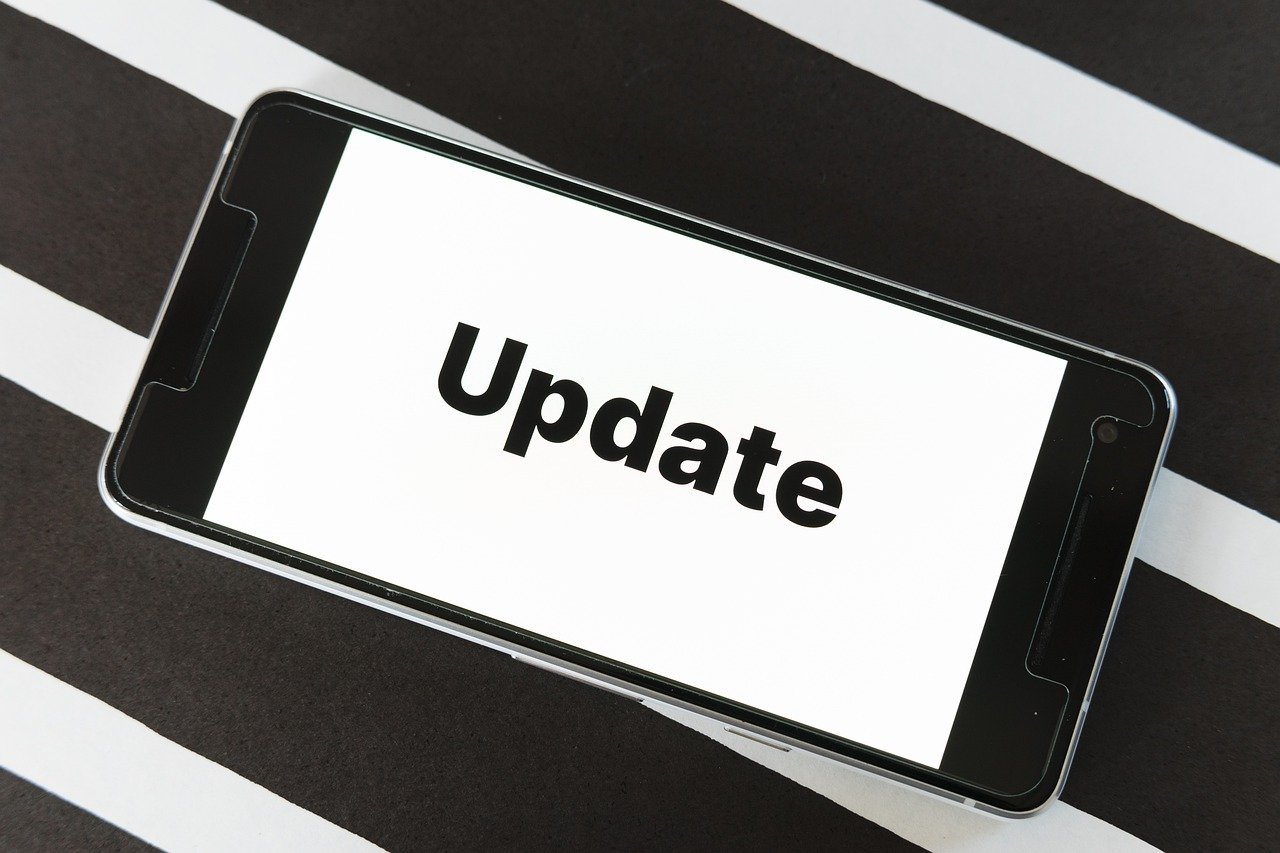With a little over three months until the presidential election, Kamala Harris inherited a Democratic coalition that was badly frayed.
In polls this year, young, Black and Hispanic voters abandoned President Biden in droves. Even swing voters began to reconsider the Trump presidency in a new and more positive light. And for the first time in years, more Americans said they leaned Republican than Democratic.
To win, Vice President Harris will need to stitch a winning Democratic coalition back together. It won’t be easy. She’ll need to rejuvenate support among young, Black and Hispanic voters, even as she reassures the anti-Trump moderates who put Democrats over the top in 2020.
While it’s still early, the first polls since Ms. Harris all but locked up the nomination suggest she has already made some progress. But while she’s running ahead of where Mr. Biden stood when he left the race, she’s still short of hitting traditional Democratic benchmarks. To win the Electoral College, she’ll need additional gains in the months ahead.
Young, Black and Hispanic voters
Democrats have long assumed overwhelming support from young, Black and Hispanic voters. For many Democratic strategists, the only question was whether these voters would vote, not whether they would prefer Democrats if they did.
In polls this year, though, Mr. Biden was struggling badly with voters whom Democrats usually take for granted. It was enough to give Donald J. Trump the lead in national and battleground state polls. And it raised questions about why, exactly, Mr. Biden was so weak.

